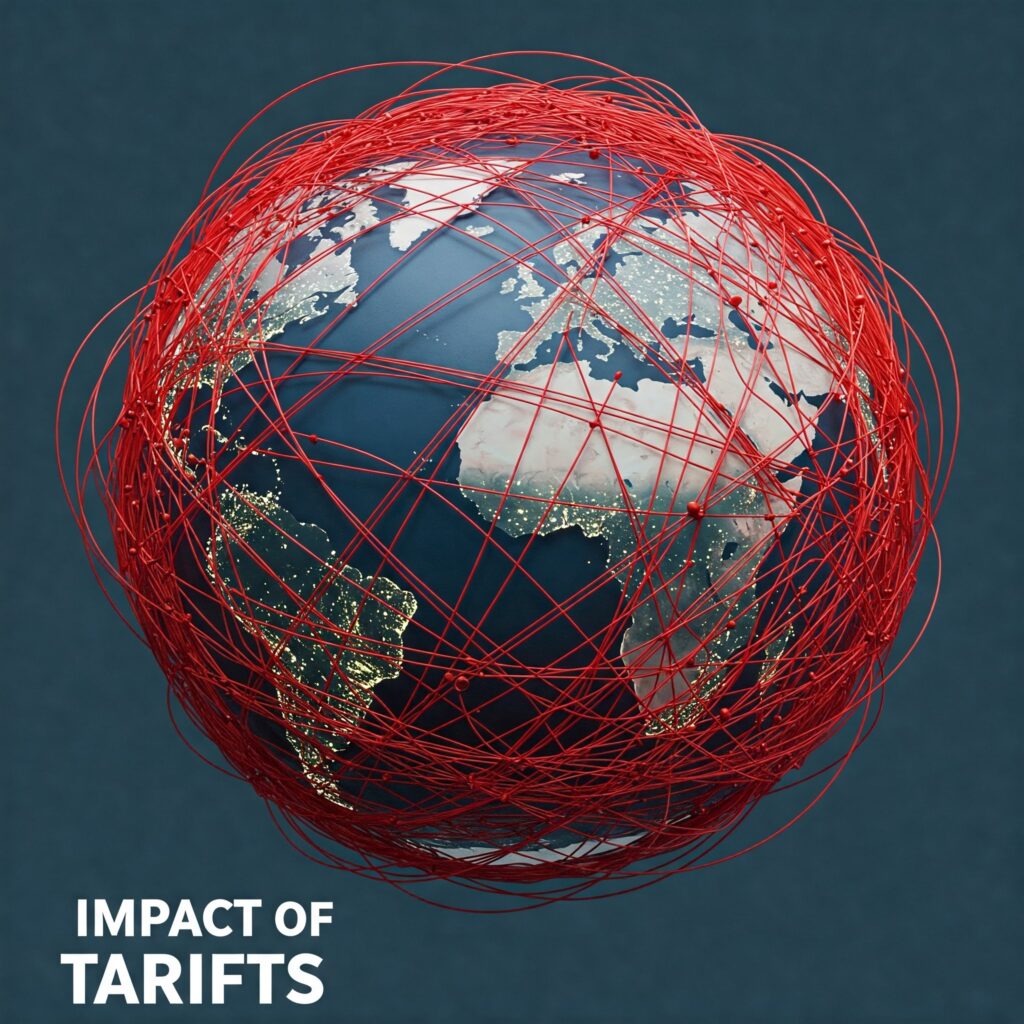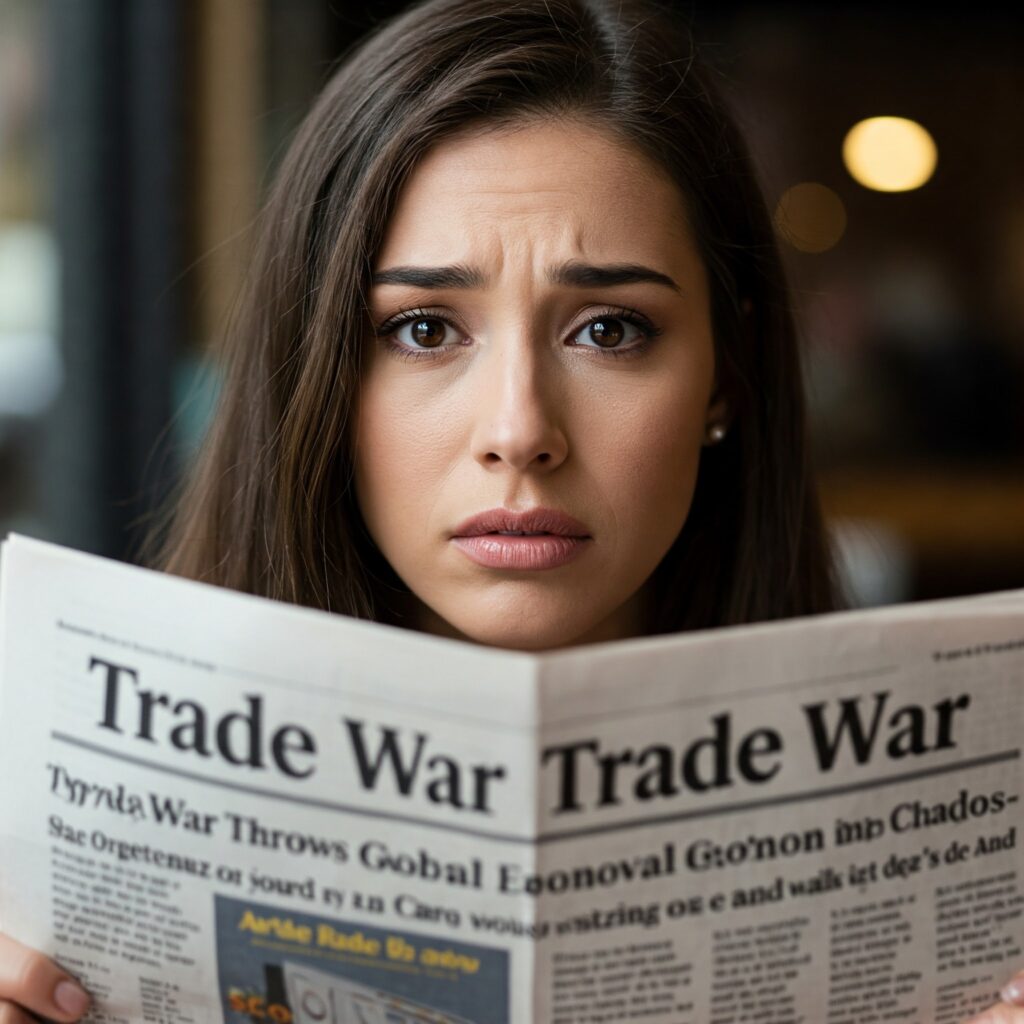Seattle, WA – The skies over the Pacific, once a bustling corridor of commerce, are now carrying a heavier weight of geopolitical tension. In a development that sends a chill down the spine of American industry, reports have surfaced of a Boeing 737 MAX, destined for the Chinese carrier Xiamen Airlines, making an unexpected return to its birthplace in Seattle. This isn’t just a logistical hiccup; it’s a potent symbol of the escalating trade war with China, a conflict that’s starting to feel less like a distant economic skirmish and more like a direct hit to the heart of American enterprise.

For years, Boeing has been a shining example of American ingenuity and global reach, its aircraft a familiar sight in the skies worldwide. The Chinese market, with its burgeoning middle class and insatiable appetite for air travel, has been a crucial frontier for the aerospace giant. But now, that promising horizon is clouded by the fallout of the ongoing tariff tango between Washington and Beijing.
The return of the 737 MAX isn’t an isolated incident. Whispers from industry insiders suggest that this is part of a broader trend, with Chinese airlines reportedly halting further deliveries of Boeing planes and putting the brakes on purchases of related equipment from US companies. The reason? The ever-increasing burden of tariffs slapped on American goods, making these once-lucrative deals economically unviable.
Think about it from their perspective. Why would a Chinese airline willingly pay a hefty premium, inflated by punitive tariffs, for an American-made aircraft when alternatives might exist, or when the very act of purchasing becomes a costly political statement? It’s a stark illustration of how trade wars have real-world consequences, impacting not just spreadsheets and bottom lines, but the very tangible movement of goods and the livelihoods of workers on both sides of the Pacific.
But the drama in the skies is just one act in this unfolding economic play. The core of the conflict remains the relentless back-and-forth of tariffs and the increasingly thorny issue of technology exports. The Trump administration, citing national security concerns and unfair trade practices, has been ratcheting up tariffs on a wide range of Chinese imports. Some reports suggest that the cumulative effect of these levies now pushes the total import tariff on certain Chinese goods to a staggering 245%. It’s a number that’s hard to even fathom, a virtual wall being erected against the flow of goods.
And predictably, China hasn’t stood idly by. Beijing has retaliated with its own tariffs on American products, targeting everything from soybeans to automobiles. The rhetoric has become increasingly sharp, with China declaring that it will simply ignore any further US tariff hikes, arguing that the current levels have already rendered many American imports too expensive for their market. It’s a defiant stance that underscores the hardening positions on both sides.
Beyond the traditional trade of goods, the battleground has shifted to the cutting edge of technology. The US government is increasingly wary of China’s rapid advancements in critical sectors like artificial intelligence and supercomputing, fearing that these technologies could be used to undermine American interests. As a result, strict new licensing requirements are being imposed on the export of advanced semiconductors – the very brains of modern technology – from leading US companies like Nvidia and AMD.
The impact on these tech giants is already being felt. Both companies have issued warnings about potential multi-billion dollar hits to their revenue as a result of these export restrictions. It’s a painful irony: American innovation, once a source of national pride and economic strength, is now being hobbled by the very policies intended to protect the nation.
This isn’t just about a few big corporations; it’s about the ripple effect throughout the American economy. Farmers who rely on the Chinese market for their crops are seeing their livelihoods threatened. Manufacturers who depend on Chinese components for their products are facing higher costs and supply chain disruptions. Consumers could ultimately bear the brunt of these tariffs through higher prices on everyday goods.

And let’s not forget the human cost. Trade wars don’t just involve numbers on a balance sheet; they affect real people, their jobs, and their communities. Factory workers who depend on exports, port employees who handle the flow of goods, and small business owners who rely on international trade are all caught in the crossfire. Their anxieties are real, their futures uncertain.
The situation is further complicated by the growing rift between the Trump administration and the US judiciary, with even talk of potentially removing Federal Reserve Chair Jerome Powell adding another layer of instability to the economic outlook. This kind of political uncertainty only serves to further spook investors and erode confidence in the stability of the American economy.
As the Boeing jet made its lonely journey back across the Pacific, it carried more than just metal and machinery. It carried a potent message about the fragility of global trade in an era of escalating tensions. It served as a stark reminder that in a trade war, there are no real winners, only casualties on both sides. The question now is, how many more American dreams will be grounded by this great tariff tango before a more sustainable path forward is found? The answer, unfortunately, remains stubbornly out of reach.
